This is the third of a series on the 2018 midterm congressional elections. In the first, we noted the historically unprecedented number of Democratic House challengers who had filed early reports with the Federal Election Commission (FEC), along with the paucity of Republican challengers. The second report noted the unprecedented number of incumbents who were facing challengers with at least $50,000.
Because parties need strong candidates as well as a favorable national outlook to gain large numbers of seats, and because strong candidates are more likely to emerge when conditions seem “ripe” for them, we were led to speculate that the early candidate pool was one sign that 2018 could become a “wave” election with Democrats gaining a large number of seats. Since those early reports, the Democrats’ advantage in generic poll questions has shrunk from thirteen percentage points to below seven (which is still high historically). In light of the changed polls, we are moved to take a third look at the candidates based on their year-end FEC reports filed on January 31. We will reprise the national numbers in historical context. However, because congressional elections are ultimately decided in local ballots, we will also take a more granular look at the elections by district.
Number of challengers: No longer unprecedented but still impressive
The number of Democratic challengers to House incumbents in the 2018 elections has continued to go up, from 455 on September 30 to 510 on December 31. However, 510 is no longer an unprecedented number. At the end of the year before the Republican wave election of 2010 there were 522 GOP challengers to Democratic incumbents filing with the FEC.

One should not read the closed gap between 2009 and 2017 as a signal of Democratic energies flagging during the fall of 2017. Rather, we should remember the timing of the 2010 election cycle. Republicans were buoyed by the Tea Party insurgency during the summer of 2009; more candidates stepped up in the fall. Many of the candidates for 2018 started earlier. Both cycles stand out from the others. The 2010 election was a major Republican wave. The question is whether 2018 will be the same for the Democrats.
To answer this, it is more important to look at the number districts that might potentially change hands rather than the raw number of challengers. The figure below shows the percentage of incumbents facing challengers who had raised at least $100,000 by December 31. It is followed by a table giving the same information for districts whose best-funded challengers are at three funding levels.

The figure and table show that nearly half of the incumbents faced challengers who had raised at least $100,000 at the end of both 2009 and 2017. These two years stand out again from the others. Of course, some challengers were well above $100,000. We set the comparison where we did because $100,000 generally shows a level of early organization that is worth taking seriously. There is plenty of time left for a challenger to become better-known and raise more. Only nine states will have closed their filing dates by the end of February. With one-third of the states’ primaries not occurring until August or September, the candidate pool will keep growing in 2018, as it did in 2010.
Potentially targeted seats: Is the battleground large enough to swing the majority?
As useful as it may be to know about the incumbents and challengers nationally, the voters’ decisions will take place in districts. To consider whether a shift in majority control looks possible, it is helpful to know how many Republican-held seats have the potential to become competitive. For majority control to flip, the Democrats will need a net gain of 24 seats.
The underlying partisanship of a congressional district is the first place to look for potentially vulnerable seats. It is well known that a voter’s partisan identification is the best predictor of how that person will vote, provided the person does vote. To classify the partisanship of congressional districts, we used the Cook Political Report’s Partisan Voting Index (PVI), which is based on an average of recent presidential election results in each district.

It is clear from this table that Democrats are focusing where the political opportunities are. They have challengers with more than $100,000 in more than 90 percent of the seats that lean Democrat, or that lean Republican by 5 points or less. In open-seat races (where incumbency is not a factor working against them) the Democrats are also contesting 86 percent of the seats that lean Republican by 6-10 points. Thus, the Democrats are not only targeting the most obvious races with an underlying Democratic partisanship. Sticking to these races would not give them a chance to gain 24 seats. Instead, they are also reaching into their opponents’ territory, looking to pick up districts that normally swing Republican.
Of course, it would make little sense to contest a Republican-leaning district if party identification predicted results perfectly. Some voters can be persuaded to vote for candidates of the other party but persuading enough voters to switch is a hard way to win. More commonly, the candidates will try to take advantage of conditions that might make the partisans on one side of a contest more likely to vote than partisans on the other side. This is what happened in 2010, when voters who opposed President Obama turned out more than his lukewarm supporters. The implications become clearer if we look at Republican-held districts based on their support for Donald Trump in 2016. In each category, the table again presents the districts with Democratic candidates who have raised at least $100,000.
 There is a clear overlap in the previous two tables. The Partisan Voting Index uses the 2016 presidential vote as one of its components, and the number of districts in each partisan category (or column) in Table 3 is roughly the same as the number in each presidential vote column in Table 4. However, Trump did not do as well as the underlying partisanship in many districts. To lose 17 Republican-held congressional districts, Trump had to be losing some with an underlying Republican partisan history. Democratic candidates will try to reach into the districts where Trump under-performed and make him the issue.
There is a clear overlap in the previous two tables. The Partisan Voting Index uses the 2016 presidential vote as one of its components, and the number of districts in each partisan category (or column) in Table 3 is roughly the same as the number in each presidential vote column in Table 4. However, Trump did not do as well as the underlying partisanship in many districts. To lose 17 Republican-held congressional districts, Trump had to be losing some with an underlying Republican partisan history. Democratic candidates will try to reach into the districts where Trump under-performed and make him the issue.
As a check on these numbers, we considered individual district competitiveness ratings from the nonpartisan Cook Political Report. The Cook report includes partisanship as part of its evaluations, but it also considers breaking news, poll results, fundraising, and interviews with the candidates. It assesses each race individually and then classifies districts as being: (1) tossup races held by one party or the other, (2) races leaning toward one or the other party, (3) races likely to be won by one or the other party, or (4) safe districts. The following table only includes seats currently held by Republicans.

The results more or less confirm the previous tables. More than 60 Republican seats are potentially “in play” for the Democrats in 2018. If President Trump’s approval ratings remain low and the gap in the generic congressional ballot stays where it is, or widens, the Democrats could well gain the 24 seats needed for majority control. This was even before recent court-ordered redistricting in Pennsylvania that could tip a few seats in that state. Indeed, if there is a tide, they would probably win some seats that Cook and others now rate as being likely to remain with the GOP. In wave elections, some unexpected seats typically change sides.
But to say that a majority is possible is far from predicting its inevitability. The president’s job approval could go up and the generic ballot could narrow. If that happens, there probably would not be a wave despite the Democrats’ strong pool of candidates. With more than eight months until Election Day, much can still happen. Stay tuned.
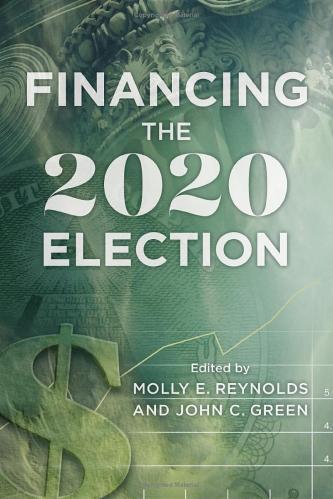
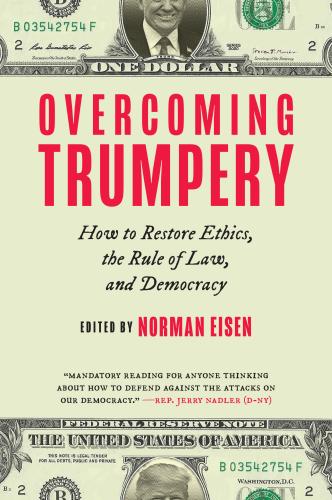
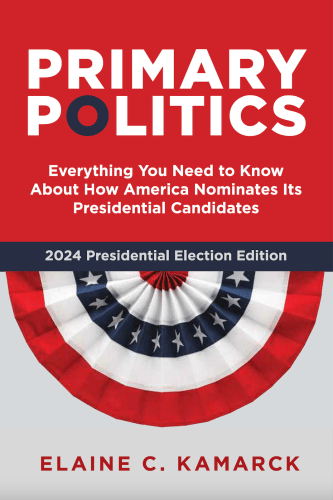
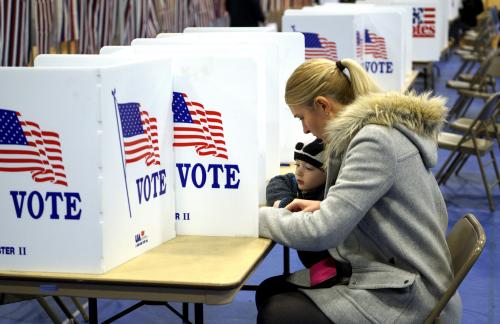
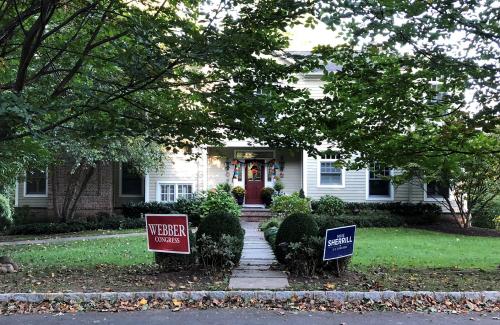



Commentary
Is a wave rolling in for House Democrats? Potentially competitive districts and candidates build strength
February 26, 2018